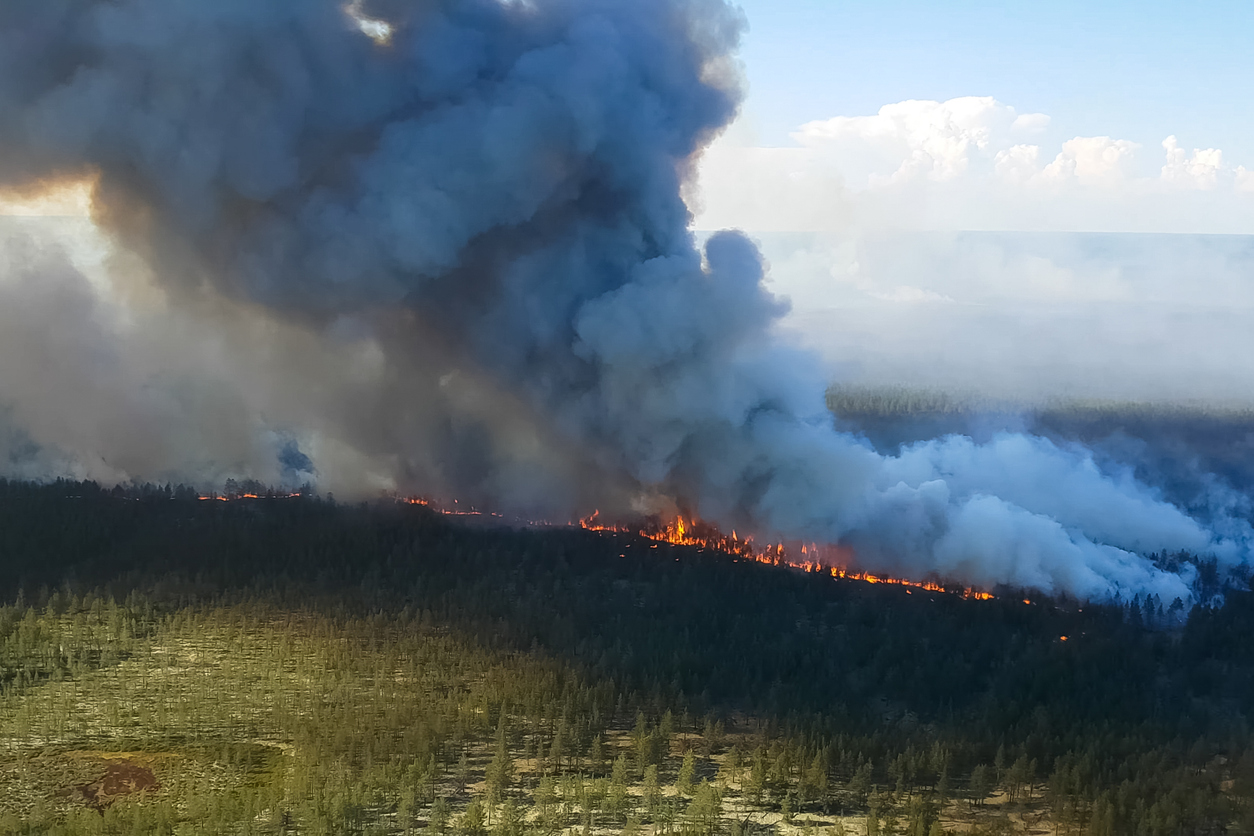
Methods
For this time series study, data on daily counts of deaths for all causes, cardiovascular causes, and respiratory causes were collected from 749 cities in 43 countries and regions during 2000–16. Daily concentrations of wildfire-related PM2·5 were estimated using the three-dimensional chemical transport model GEOS-Chem at a 0·25° × 0·25° resolution. The association between wildfire-related PM2·5 exposure and mortality was examined using a quasi-Poisson time series model in each city considering both the current-day and lag effects, and the effect estimates were then pooled using a random-effects meta-analysis. Based on these pooled effect estimates, the population attributable fraction and relative risk (RR) of annual mortality due to acute wildfire-related PM2·5 exposure was calculated.Findings
65·6 million all-cause deaths, 15·1 million cardiovascular deaths, and 6·8 million respiratory deaths were included in our analyses. The pooled RRs of mortality associated with each 10 μg/m3 increase in the 3-day moving average (lag 0–2 days) of wildfire-related PM2·5 exposure were 1·019 (95% CI 1·016–1·022) for all-cause mortality, 1·017 (1·012–1·021) for cardiovascular mortality, and 1·019 (1·013–1·025) for respiratory mortality. Overall, 0·62% (95% CI 0·48–0·75) of all-cause deaths, 0·55% (0·43–0·67) of cardiovascular deaths, and 0·64% (0·50–0·78) of respiratory deaths were annually attributable to the acute impacts of wildfire-related PM2·5 exposure during the study period.Read more...







